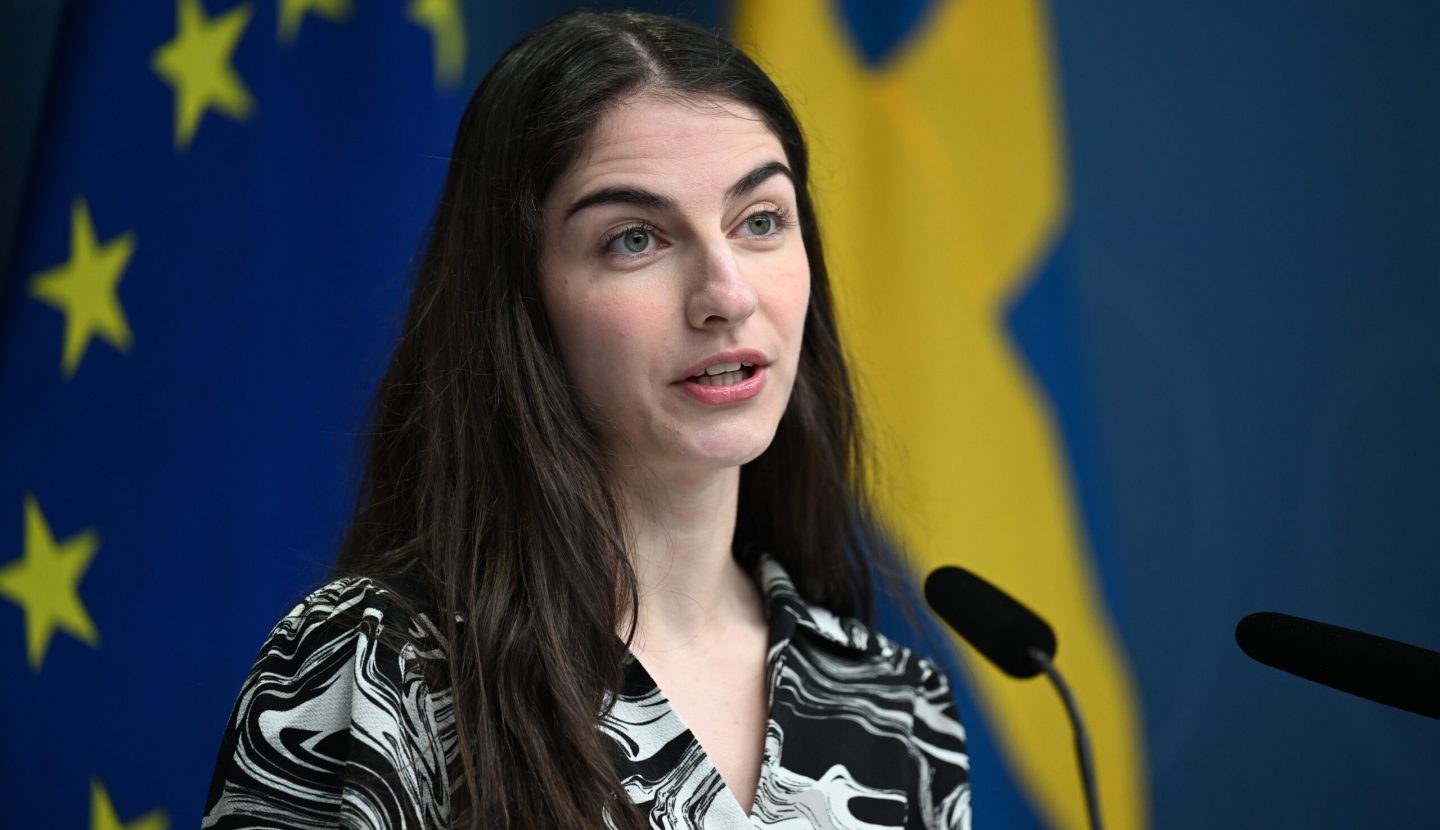Novatron Fusion Group welcomed Sweden’s Minister of Climate and Environment to discuss the future of fusion energy plus progress developing its first official test facility.
Cabinet minister Romina Pourmokhtari and State Secretary Daniel Westlén joined a special tour of Novatron’s fusion energy lab at KTH Royal Institute of Technology in Stockholm where it recently delivered a complex multi-system integration project to create plasma – marking a Scandinavian first and raising ambitions for the Nordics’ fusion energy sector.
The tour was led by CEO Peter Roos and Cofounder and Chairman Erik Odén who highlighted global progress in fusion, while detailing Novatron Fusion Group’s unique solution built on the innovator Jan Jäderberg’s concept. Vice President of KTH Stefan Östlund also took part in discussions emphasising the need for public support in deep tech solutions such as fusion.
Just weeks ago, engineers at Novatron – Scandinavia’s first nuclear fusion firm – successfully created plasma at the first attempt, managing temperatures approaching 100 thousand degrees centigrade. Work was delivered via the firm’s X0 experimental test rig also located at KTH.
It marks a rapid ascent for Novatron Fusion Group which recently celebrated its one-year anniversary and plans to launch its first official test facility – the Novatron 1 (N1) by summer 2024.
For more than 50 years, energy has been generated in nuclear power plants through fission, a process in which heavy elements such as uranium are bombarded by neutrons releasing heat in the process. Nuclear fusion, on the other hand, is based on the opposite principle. In fusion reactors, light atomic nuclei are compressed under intense pressure and heat to form heavier ones and release energy in the process.
In order to achieve fusion energy, the fuel, made up of the hydrogen isotopes deuterium and tritium, must be heated to about 100 million degrees centigrade. At that hotter-than-the-sun temperature, a fully ionized gas-plasma is formed. The plasma is then ignited to create fusion.
The potential benefits of nuclear fusion energy to mankind are manifold, as it represents a long-term, sustainable, economic and safe energy source for electricity generation. The fuel required is inexpensive and abundant in nature, while the amount of long-lived radioactive waste and greenhouse gases produced through fusion are minimal.
Also in attendance at the ministerial visit were Professor Emeritus of theoretical fusion plasma physics KTH Royal Institute of Technology Jan Scheffel, alongside Novatron representatives Philip von Segebaden , Linda Nyberg , Mårten Löfberg , Josefin Snöbohm , Gustaf Mårtensson.





